Popular Products
PGA4311UA PGA2320IDW TAS3108DCP MAX5440EAG+ INA1651QPWRQ1 DRV134UA DIR9001PW DIT4192IPW ZL38051LDF1 PCM9211PTWhy Silicon Carbide Cascode JFET can easily make the transition from silicon to silicon carbide?
4/12/2025 2:22:49 AM
Source: ON By Brandon Becker Marketing Manager, Power Solutions Business Group (PSG)
On Mei Silicon Carbide Cascode JFET
intro
Power electronics devices are highly dependent on semiconductor materials such as silicon (Si), silicon carbide (SiC), and gallium nitride high electron mobility transistors (GaN HEMTs). Although silicon has always been the traditional choice, silicon carbide devices are increasingly popular due to their excellent performance and reliability. Silicon carbide has a number of technical advantages over silicon (Figure 1), which makes it prominent in electric vehicles, data centers, and energy infrastructure such as DC fast charging, energy storage systems, and photovoltaic inverters, making it the emerging technology of choice in many applications.
Properties
Si 4H-SiC GaN
Energy(eV) Bandgap
(eV) 1.12 3.26 3.50
Electron Mobility
(cm2/Vs)
(cm2/Vs) 1400 900 1250
Hole Mobility
(cm2/Vs)
(cm2/Vs) 600 100 200
Breakdown Field
(MV/cm)
(MV/cm) 0.3 2.0 3.5
Thermal Conductivity
(w/cm°c)
(w/cm°c) 1.5 4.9 1.3
Maximum Junction
Temperature (°C)
(°C) 150 600 400
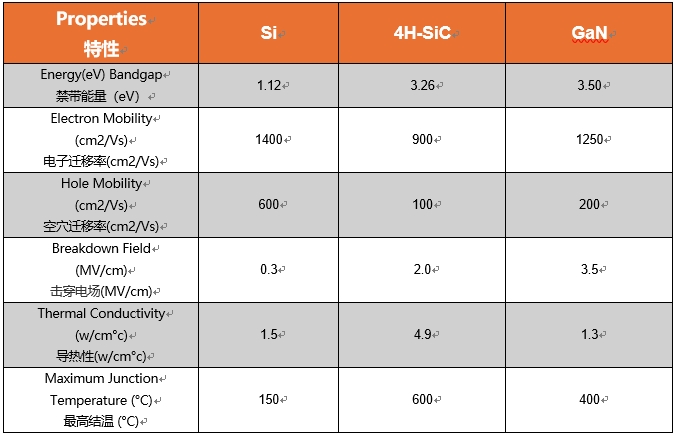
Figure 1: Silicon device (Si) compared to silicon carbide (SiC) device
What is Silicon Carbide Cascode JFET technology?
Many end-product manufacturers have chosen silicon carbide technology to replace traditional silicon technology and develop power systems based on devices such as bipolar junction transistors (BJT), junction field-effect transistors (JFET), metal oxide semiconductor field-effect transistors (MOSFETs) and insulated-gate bipolar transistors (IGBTs). These devices are used in different scenarios due to their characteristics (advantages and disadvantages are different).
However, onsemi's EliteSiC common-source common-gate junction field-effect transistor (Cascode JFET) device (Figure 2) takes this technology to a new level. The device is based on a unique "Cascode" circuit configuration - a normally open silicon carbide JFET device is packaged with a silicon MOSFET to form an integrated normally closed silicon carbide FET device. Our Silicon carbide Cascode JFET can easily and flexibly replace any device type such as IGBTs, hyperjunction MOSFETs, and silicon carbide MOSFETs (Figure 3).
This article will explore in depth the technical advantages of ON Mei EliteSiC Cascode JFET compared to similar silicon carbide MOSFETs.
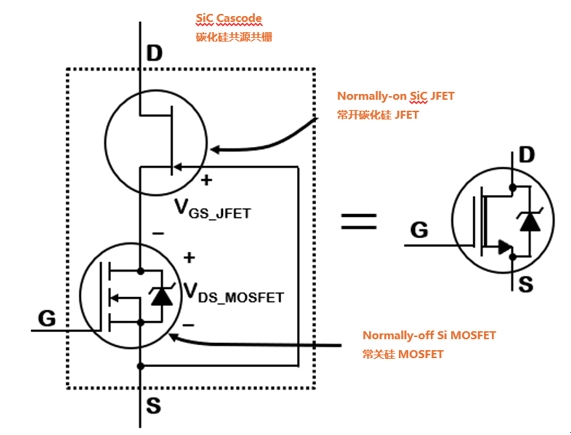
Figure 2: ON Silicon Carbide Cascode JFET device block diagram
The technical advantages of silicon carbide compared with siliconSilicon carbide Cascode JFET offers several advantages over silicon devices. As a wide band gap material, silicon carbide has a higher breakdown voltage characteristic, which means that its devices can support higher voltages with thinner structures. In addition, other advantages of silicon carbide over silicon include:
In the same design as silicon devices, silicon carbide can provide higher efficiency and better heat dissipation performance, and even higher system power ratings.
Silicon Carbide Cascode JFET: Seamless upgrade to replace silicon based solutions, full release of superior performance
These benefits are also reflected in the performance of ON's EliteSiC Cascode JFET, a newer and more powerful device optimized for multiple power applications.
Compatible with silicon-based gate drivers: Seamless transition to silicon carbide
First, the structure of the silicon carbide Cascode JFET allows the use of standard silicon-based gate drivers. This simplifies the transition from silicon-based to silicon carbide designs, providing greater design flexibility. They are compatible with various types of gate drivers, including drivers designed for IGBTs, silicon superjunction MOSFETs, and silicon carbide MOSFETs.
For a given voltage and resistance level, silicon carbide can achieve higher operating frequencies, thereby reducing the size of components and significantly reducing the overall size and cost of the system.
In higher voltage classes (1200V or higher) applications, silicon carbide enables high frequency switching with lower power losses. Silicon devices are hardly competent in this voltage range.
In any given package, silicon carbide devices have lower on-resistance (RDS(ON)) and switching losses than silicon.
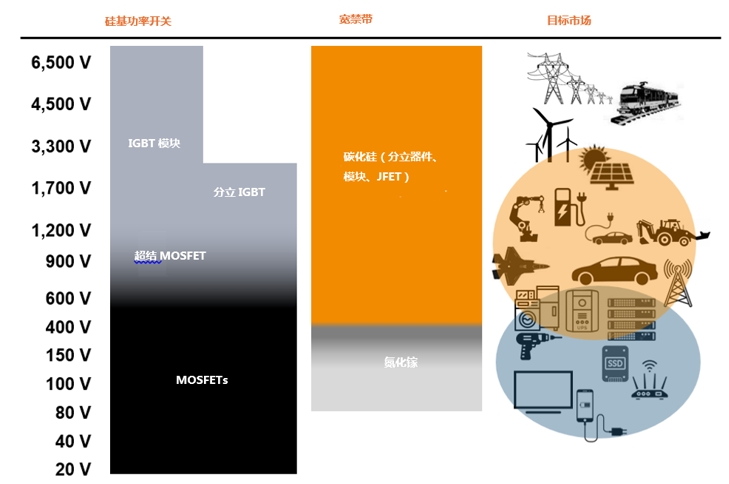
Figure 3: Power semiconductor devices by voltage
The industry-leading drain-source on-resistance RDS(ON) in a given package maximizes system efficiency.
Lower capacitance allows for faster switching speeds, so higher operating frequencies can be achieved; This further reduces the size of large passive components such as inductors and capacitors.
Silicon carbide Cascode JFET is able to achieve higher operating frequencies at higher voltage levels (1200V or above) compared to silicon-based IGBTs traditionally used in this segment, whereas silicon-based IGBTs are typically slower and can only be used at lower frequencies, resulting in higher switching losses.
ON's EliteSiC Cascode JFET devices achieve a smaller bare chip size at a given RDS(ON) and mitigate the common gate oxide reliability issues of silicon carbide MOSFETs.
SiC MOSFET vs. ON SiC Cascode JFET: In-depth comparison
Let's take a moment to take a deeper look at the differences between SiC MOSFET and ON's SiC JFET technology. As we can see in Figure 3 below, SiCMOSFET technology differs from On's integrated SiCCascode JFET - this is the result of careful design. The SiCJFET designed by On removes the gate oxide layer of the silicon carbide MOSFET, which not only eliminates the channel resistance, but also allows for a more compact strip size.
The small strip size of ON's Silicon Carbide JFET is A key differentiator, best represented by the "RDS(ON) x A" (RdsA) factor of quality (FOM), as shown in Figure 4. This means that for a given chip size, the SiCJFET has a lower on-resistance rating, or in other words, the ON SiCJFET has a smaller nude size at the same RDS(ON). On's industry-leading performance in RdsA FOM is reflected in ultra-low rated resistance products available in relatively small, industry-standard packages such as TOLL and D2PAK.
Silicon carbide MOS channel resistance is high, resulting in low electron mobility.
Vth drifts at high gate bias, which means that the voltage drive range from the gate to the source is limited.
The bulk diode has a high inflection point voltage, so it needs synchronous rectification.
However, with On Semiconductor's SiCJFET, these defects are fundamentally solved because:
The MOS (metal oxide) structure is eliminated on the SiCJFET structure of the device, so the device is more reliable.
At the same chip area, the drain-to-source resistance is lower.
The capacitance is lower, which means faster switching and higher frequencies.
Why choose EliteSiC Cascode JFET?
These benefits help On's SiCCascode JFET technology shine in areas that no other technology can. The enhanced performance of silicon carbide JFET enables greater efficiency in AC-DC power units used in AI data centers, energy storage, and DC fast charge. With the increasing demand for higher power density and more compact form factors, the ON SiCCascode JFET enables smaller, lighter and lower cost end devices. By reducing the need for large volume passive components such as inductors and capacitors, it helps to achieve higher power density.
Visit our EliteSiC JFET product page to learn more about our products.
SiCJFET
SiC Cascode JFET
SiC Combo JFET
Other advantages
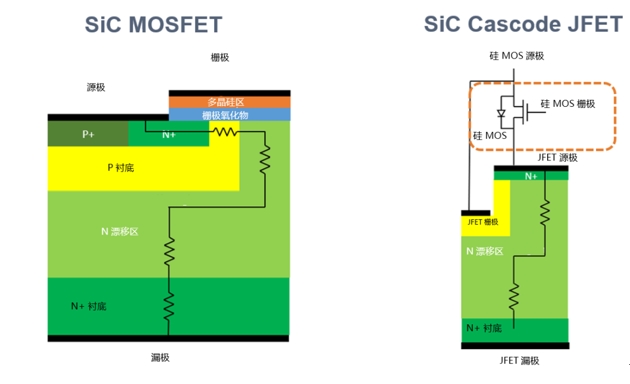
Figure 4: Comparison of silicon carbide MOSFET with ON Cascode JFET(Externally, Cascode is a normally closed FET)
The EliteSiC Cascode JFET has a lower output capacitance Coss than the SICmosFETs. Devices with lower output capacitance switch faster at low load currents and have shorter capacitor charge delays. This means that smaller, lighter, lower cost and higher power density end devices can now be made due to the reduced need for bulky passive components such as inductors and capacitors.
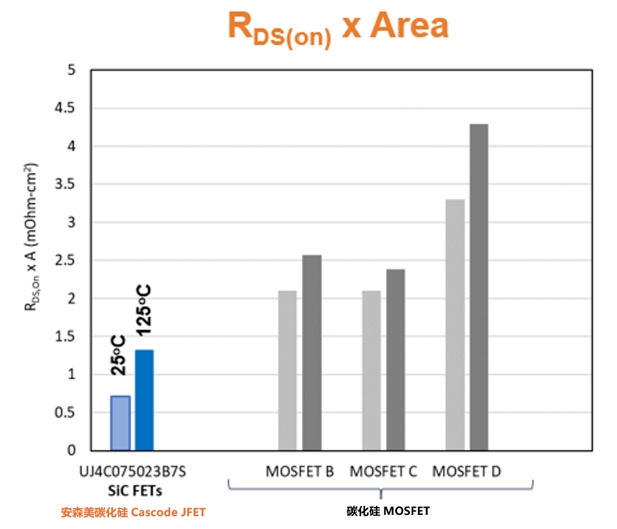
Figure 5: On Silicon Carbide Cascode JFET versus silicon Carbide MOSFET competing products
Here are some other challenges with SiCMOSFET:
Despite the wide variety of SiC power semiconductors available on the market, some devices do perform better than others in some specific applications. ON's integrated SiC Cascode JFET is a standout, offering exceptional performance due to its unique advantages of low RDS(ON), low output capacitance and high reliability. In addition, the Silicon Carbide Cascode JFET architecture uses standard silicon-based gate drivers to simplify the transition from silicon to silicon carbide and can be implemented in existing designs. As a result, it provides flexibility for the transition from silicon to silicon carbide - simple to implement while offering superior performance thanks to SiC technology.

Figure 6 :EliteSiC Cascode JFET

- Help you to save your Cost and time.

- Reliable package for your goods.

- Fast Reliable Delivery to save time.

- Quality premium After-sale service.
